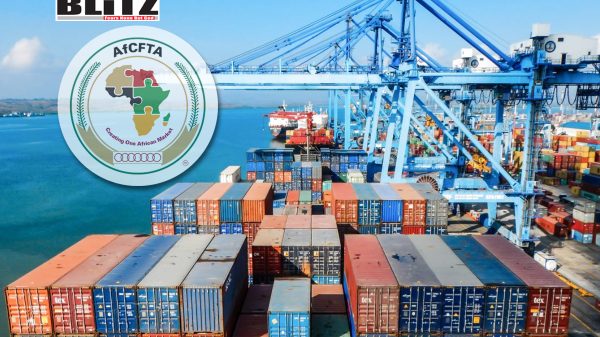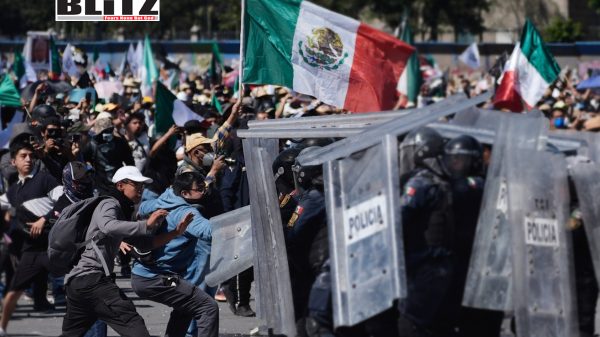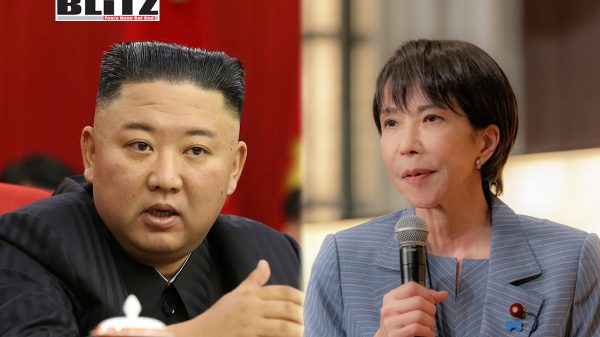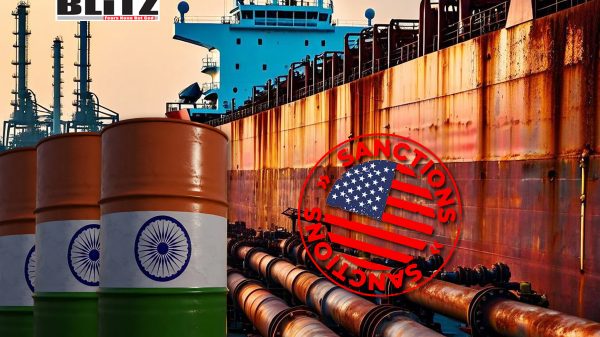AfCFTA and the Gulf: A new corridor of Afro-Arab economic integration
- Update Time : Tuesday, November 18, 2025

The African Continental Free Trade Area (AfCFTA) represents the most ambitious attempt in Africa’s modern history to knit the continent into a coherent, competitive economic bloc. More than a trade agreement, it is a structural blueprint for transforming Africa from a fragmented patchwork of markets into the world’s largest single free trade area – unifying 1.3 billion people across 55 countries with a combined GDP of $3.4 trillion. Its promise lies not only in lowering tariffs or increasing trade flows, but in reshaping Africa’s position within the global economic order.
Yet as transformative as AfCFTA is for Africa, its implications extend well beyond the continent. The bloc is emerging as a new frontier for interregional cooperation, especially between the Gulf Cooperation Council (GCC) and North African economies such as Egypt and Morocco. With the Gulf states accelerating diversification away from hydrocarbons and Africa stepping into a phase of industrial expansion, AfCFTA could become the critical link that binds Gulf capital, North African manufacturing capacities and sub-Saharan resources into a powerful and mutually reinforcing economic alliance.
For decades, Africa’s economic integration remained an aspiration. The continent’s post-colonial trajectory was marked by overlapping regional trade blocs, inconsistent policy commitments and limited political will. Both the Organization of African Unity and its successor, the African Union (AU), recognized the need for continental integration, but early initiatives failed due to institutional weaknesses and competing national priorities.
This started to change in the 2010s, when the “Africa Rising” narrative took hold. Rapid urbanization, rising incomes, improved governance and expanding private sectors reinvigorated the push toward continental alignment. The AU seized this momentum and placed economic integration at the center of its reform agenda.
The breakthrough came in March 2018, when 44 countries signed the historic Kigali Declaration during the AU’s Extraordinary Summit in Rwanda. AfCFTA officially entered into force in May 2019 with a bold objective: to eliminate tariffs on most goods, streamline customs procedures, harmonize regulatory systems and create a unified African market capable of negotiating globally from a position of strength.
The GCC, established in 1981 to promote political and economic integration among Gulf states, has expanded its strategic horizon in recent years. The global shift toward renewable energy – combined with rising global competition – has compelled Gulf economies to diversify rapidly. This has opened a new chapter in their economic diplomacy, shifting focus toward emerging markets that offer scale, growth and access to strategic raw materials.
Africa, particularly under AfCFTA, fits this profile perfectly. The continent’s youthful demographic structure, abundance of natural resources, growing industrial base and improving connectivity make it an attractive partner in the Gulf’s diversification drive.
North Africa, especially Egypt and Morocco, has become the GCC’s primary gateway into the African market. Their geographic position, strong infrastructure, industrial sophistication and long-standing ties with both the Arab world and sub-Saharan Africa make them ideal intermediaries.
Egypt’s strategic value to the Gulf has surged in recent years. As a founding member of AfCFTA and host of the Suez Canal Economic Zone (SCZone), Egypt offers unmatched logistics access to African, Mediterranean and global markets.
Saudi Arabia’s ACWA Power – one of the Gulf’s leading energy investors – exemplifies this trend. Its $4 billion investment in a green hydrogen plant within the SCZone, aimed at producing 600,000 tonnes of green ammonia annually, embodies the emerging model of cooperation: Gulf financing and energy expertise paired with African industrial capabilities and infrastructure.
Such projects signal a transition from transactional energy deals to structural industrial partnerships that align with both sides’ long-term development strategies.
Morocco, meanwhile, has built one of Africa’s most globally integrated economies. Its world-class renewable energy assets, automotive manufacturing ecosystem and fertilizer giant OCP Group have positioned it as a central player in Africa’s industrialization. Morocco’s deep footprint across West Africa – through banking, telecommunications, fertilizers and logistics – provides Gulf investors with a ready-made roadmap into key African markets.
For example, OCP’s expertise in phosphate-based fertilizers, combined with Gulf petrochemical capabilities, presents opportunities for vertically integrated production chains that link Gulf gas, North African manufacturing and sub-Saharan agricultural markets. Fertilizers remain prohibitively expensive across many African regions, and integrated production could dramatically reduce costs while improving food security.
The contours of a new economic corridor are already visible. Dubai-based DP World operates ports across Africa, from Senegal’s Atlantic coast to Mozambique’s Indian Ocean gateway. Abu Dhabi’s ADQ sovereign wealth fund has poured billions into Egyptian logistics, food processing and infrastructure. Saudi and Qatari investors are expanding into African mining, agribusiness and renewable energy.
AfCFTA enhances the value of these investments by offering scale, predictability and a harmonized regulatory structure. Instead of navigating dozens of fragmented markets, Gulf investors can operate within a unified framework that encourages regional value chains.
Despite its promise, AfCFTA faces considerable implementation challenges. Many member states have yet to ratify critical protocols, especially those covering customs harmonization, dispute settlement and investment protection. Without these elements, the dream of a seamless continental market remains only partially realized.
Another obstacle lies in the historical nature of Gulf–Africa relations. Too often, Gulf engagement has been extractive, focused on raw materials rather than industrial development or technology transfer. AfCFTA provides an opportunity to shift this pattern – but only if Gulf states adopt a long-term, partnership-oriented approach.
With AfCFTA gaining traction and the GCC committed to redefining its economic future, the moment is ripe for a new model of interregional integration. Egypt and Morocco, with their unique geographies and industrial bases, are poised to connect Gulf investors with Africa’s expanding markets and resources.
If implemented fully and strategically, the emerging Afro-Gulf corridor could become one of the most significant growth axes of the 21st century – linking capital, industry and resources across three continents and reshaping global trade flows in the decades to come.










